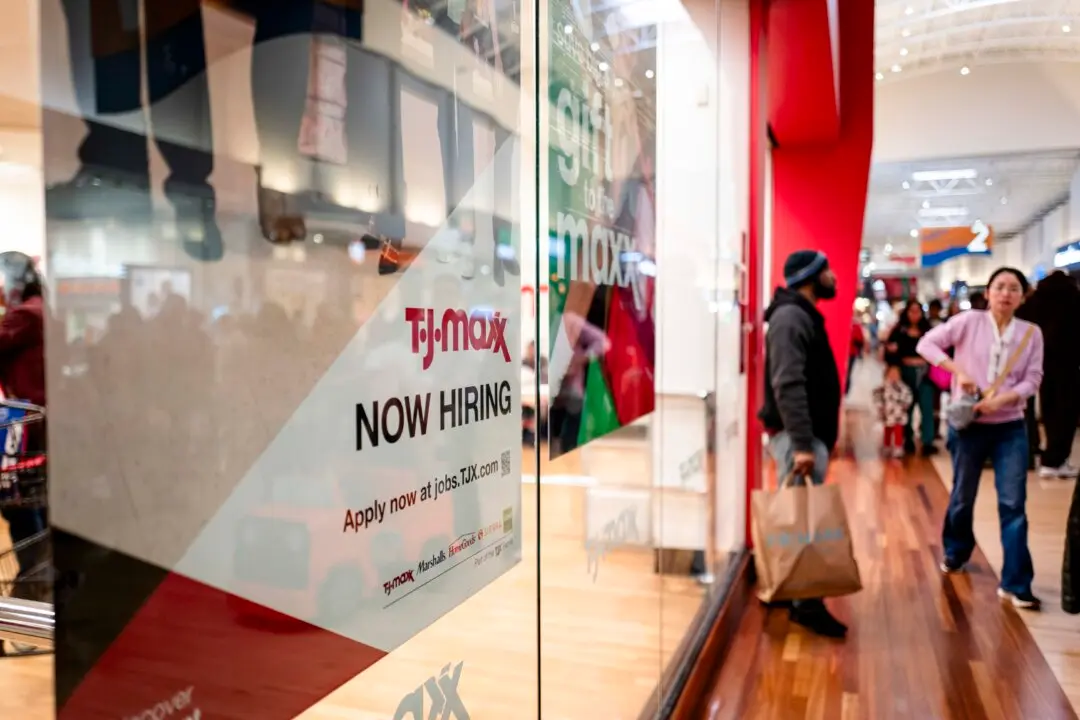A Conference Board indicator of future employment shifts in the United States went up in March, signaling potential growth in jobs over the coming months, according to latest data.
“ETI rose slightly from February’s five-month low,” said Mitchell Barnes, economist at The Conference Board. “This ETI reading preceded the April 2 tariff announcement and suggests that the U.S. labor market remained healthy in March.”
The hotter-than-expected job addition numbers were higher than the average monthly gain of 158,000 over the past 12 months. The healthcare sector saw the most job additions, with 54,000 new posts created. This was followed by social assistance, retail, and transportation and warehousing.
“The report highlights a resilient labor market as companies aggressively onshore jobs amid President Trump’s bold trade and economic agenda,” it said.
On the flip side, the unemployment rate ticked up from 4.1 to 4.2 percent. Barnes predicts “increasing headwinds” in the labor market moving forward.
“Over the course of 2025, government layoffs and the implementation of new tariffs could raise the unemployment rate from 4.2 percent in March to roughly 4.7 percent,” he predicted.
However, many trade groups see the recently announced tariffs as a positive for job growth in the country.
If the tariffs are “aggressively enforced coupled with long-term certainty, there is a huge opportunity to reshore production and grow jobs in the United States,” he said.
“We’ve watched as multigenerational family businesses tie up their boats, unable to compete with foreign producers who play by a completely different set of rules,” said John Williams, executive director of the group.
Tariff Impact
In an April 7 report, JP Morgan said that while the U.S. economy saw “robust” job additions in March, these numbers were revised down for two prior months.“Overall, March’s employment report reaffirms that the labor market remains healthy ahead of potential widespread U.S. tariff increases,” the report said.
“If President Donald Trump’s tariff announcement on April 3 is fully implemented, our strategists would expect economic growth to eventually soften, which could weaken the labor market.”
While strategists are expecting growth to decelerate, they do not yet see recession in the United States as a base case scenario.
Vinny Amaru, a global investment strategist for J.P. Morgan Wealth Management, said that “all eyes are on the upcoming employment reports to see how the labor market responds to a significant rise in tariffs.”
The latest round of tariffs were announced to “level the playing field for American workers and businesses,” the White House said.
“Despite the rhetoric from politicians and the media, studies have repeatedly shown tariffs are an effective tool for achieving economic and strategic objectives—just as they did in President Trump’s first term.”
The pause was given as many nations were willing to negotiate new trade terms with the United States.







